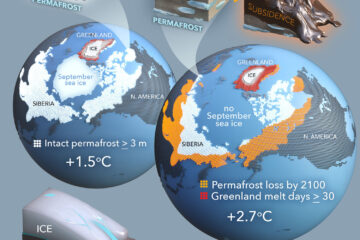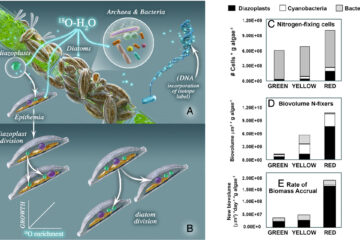Tree species of the central Amazon and soil moisture alter stable isotope composition of nitrogen and oxygen in nitrous oxide evolved from soil
The use of stable isotopes of N and O in N2O has been proposed as a way to better constrain the global budget of atmospheric N2O and to better understand the relative contributions of the main microbial processes (nitrification and denitrification) responsible for N2O formation in soil. This study compared the isotopic composition of N2O emitted from soils under different tree species in the Brazilian Amazon. We also compared the effect of tree species with that of soil moisture, as we expected the latter to be the main factor regulating the proportion of nitrifier- and denitrifier-derived N2O and, consequently, isotopic signatures of N2O. Tree species significantly affected δ 15N in nitrous oxide. However, there was no evidence that the observed variation in δ 15N in N2O was determined by varying proportions of nitrifier- vs. denitrifier-derived N2O. We submit that the large variation in δ 15N-N2O is the result of competition between denitrifying and immobilizing microorganisms for NO 3 m . In addition to altering δ 15N-N2O, tree species affected net rates of N2O emission from soil in laboratory incubations. These results suggest that tree species contribute to the large isotopic variation in N2O observed in a range tropical forest soils. We found that soil water affects both 15N and 18O in N2O, with wetter soils leading to more depleted N2O in both 15N and 18O. This is likely caused by a shift in biological processes for 15N and possible direct exchange of 18O between H2O and N2O.


